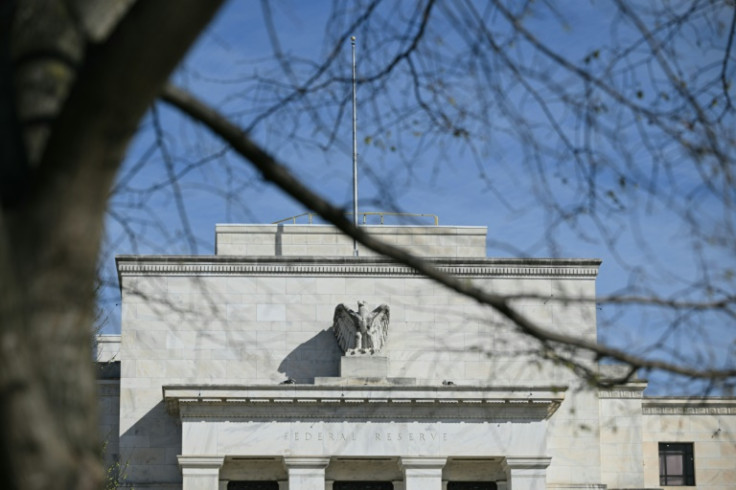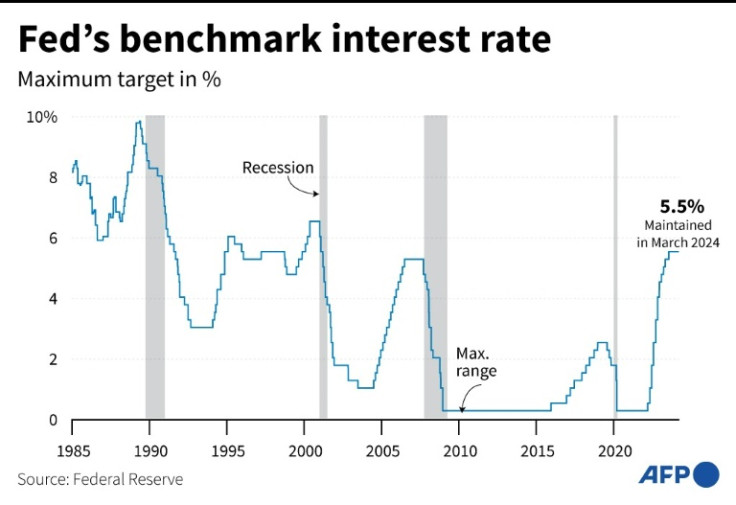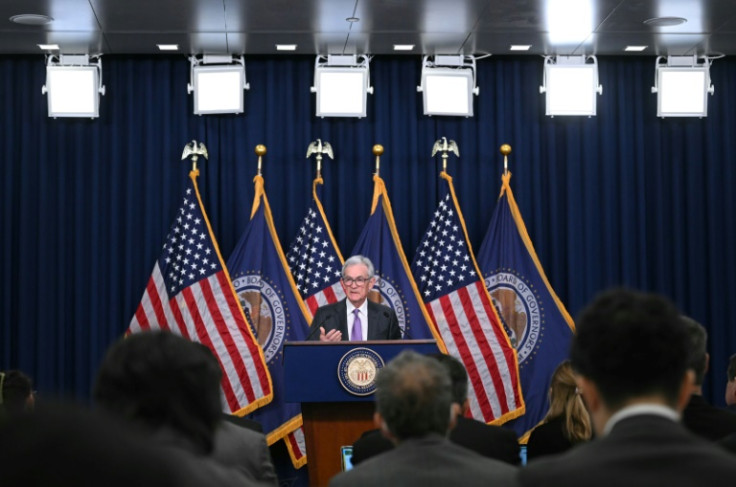US Fed To Meet Amid Dwindling Hopes Of Summer Rate Cuts

The US Federal Reserve is highly likely to keep interest rates unchanged later this week, as policymakers contend with a recent uptick in inflation that has sharply cut the chance of a summer start to interest rate cuts.
The Fed's decision to hike interest rates and then hold them at a 23-year high has helped to significantly lower elevated inflation, although it remains stuck firmly above the US central bank's long-term target of two percent.
Since the start of this year, the Fed's favored inflation measure has actually accelerated, hitting an annual rate of 2.7 percent in March, while economic growth has slowed, and the labor market has remained robust.
The current environment, analysts say, is likely to lead the rate-setting Federal Open Market Committee (FOMC) to hold rates at their current level of between 5.25 and 5.50 percent for longer than previously thought.
"Another round of elevated inflation data is likely to lead to a more hawkish-leaning message at the May FOMC meeting," economists at Deutsche Bank wrote in a recent note to clients.
At the most recent FOMC meeting in March, policymakers penciled in three quarter percentage-point rate cuts this year, although Fed Chair Jerome Powell also warned that inflation was "still too high."
The data since the March 20 decision has only reinforced that message, pushing policymakers -- including Powell -- to dial back their optimism over rate cuts.
Fed Governor Christopher Waller told a conference in New York last month that it is "appropriate to reduce the overall number of rate cuts or push them further into the future in response to the recent data."
Richmond Fed President Tom Barkin, who is a voting member of the FOMC this year, told AFP earlier this month that the recent inflation data had not been "supportive" of the case for cuts.
And in mid-April, Powell said the recent data "have clearly not given us greater confidence, and instead indicate that it's likely to take longer than expected to achieve that confidence."
The markets are almost certain that the Fed will leave its key lending rate unchanged this week: Futures traders assigned a probability of less than three percent on Friday that it would announce a rate cut after its two-day meeting concludes on Wednesday, according to CME Group data.
In light of the recent data, traders do not see a greater-than-50-percent chance of an interest rate cut until the Fed's decision mid-September, according to CME Group.
A September cut could prove awkward for the Fed as the independent US central bank, since it would come shortly before the November presidential election, which will likely see the Democrat incumbent Joe Biden face former Republican president Donald Trump.
Analysts are deeply divided on both the size and timing of rate cuts this year, with estimates by leading economists ranging from zero cuts in 2024 to as many as four.
"Stubborn inflation and resilient economic activity through the first few months of the year have left the FOMC little reason to ease policy in the near term," Wells Fargo economists wrote in a recent note to clients.
The Fed is not publishing updated economic forecasts this week, and so analysts will instead have to parse FOMC policymakers' public comments in the coming weeks for signs of their thinking on interest rate cuts.
But it could provide some clarity on Wednesday about its policy allowing assets it purchased to help the US economy weather the Covid-19 pandemic "run off" -- or expire without being replaced.
This ongoing policy reduces the overall size of its balance sheet and is also meant to tighten monetary policy somewhat.
The Fed, which currently holds around $7.4 trillion in assets, is currently debating when to start slowing down the current pace of runoff, which allows up to $95 billion in assets to mature each month without being replaced.
It will likely be appropriate to slow the pace of runoff "fairly soon," Fed chair Powell said last month, adding that this would reduce the risk of "liquidity problems" -- a likely reference to last year's banking crisis.
Analysts broadly expect an announcement to come either this week or at the next interest rate meeting in June.


© Copyright AFP {{Year}}. All rights reserved.





















